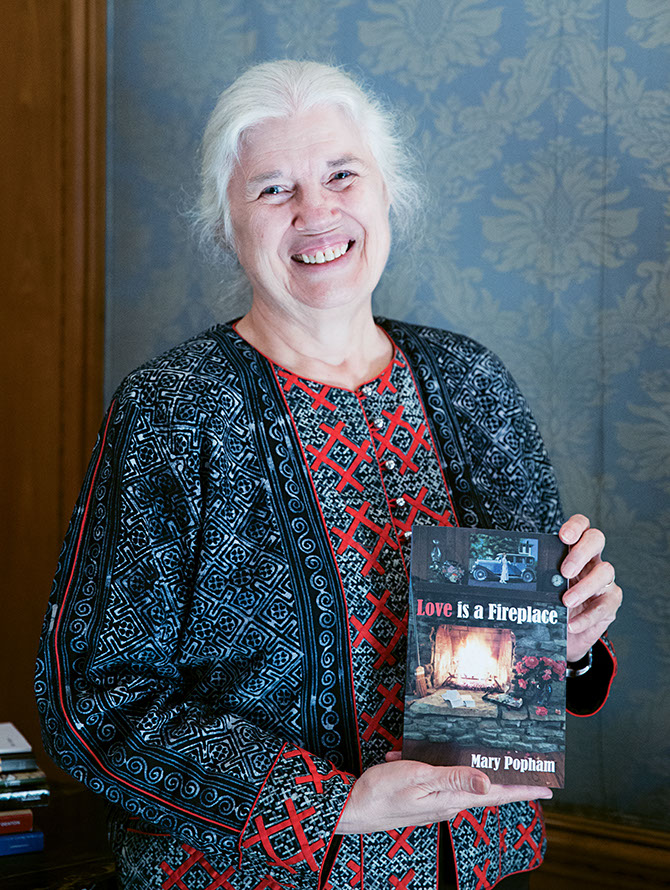 Organize the ideas
Organize the ideas
Mary Popham of Clifton, Kentucky, says the first step in writing a book is to organize your ideas by creating an outline. She admits that she is a “pantster,” who writes by the seat of her pants: “I write my outline in retrospect,” she says. Whether you create your outline before, during, or after writing, it is essential to create a web of ideas to ensure all plot points come to a successful conclusion by the end.
Do your research
Writing a book requires research. When Popham was writing her novel, Back Home in Landing Run, she utilized the public library in Louisville, the genealogy library in Nelson County, Kentucky, and the library at Nazareth College. She also made good use of boxes of family letters that her grandmother had sent to her great aunt, which provided details on what life was like in Nelson County in the early 1900s. Doing research ensures that the details in a fictional story are accurate and believable.
Write freely
“I’m giving advice I don’t take myself,” Popham admits when she instructs others to write freely and not stop every couple of minutes to edit. She says, “You’ll get yourself stuck because you’re trying to be perfect. Put the images on the paper, and come back to it later to edit.”
Revise
Revision is a multi-step process that Popham says involves reviewing word choice, crossing out adverbs, adding more action verbs, using concrete language, purging sentimental dialogue, and deleting scenes that don’t contribute to the plot. After a serious whole-book revision, she recommends going through each chapter.
Visit Amazon to read some of Mary’s books.

Leave a Reply